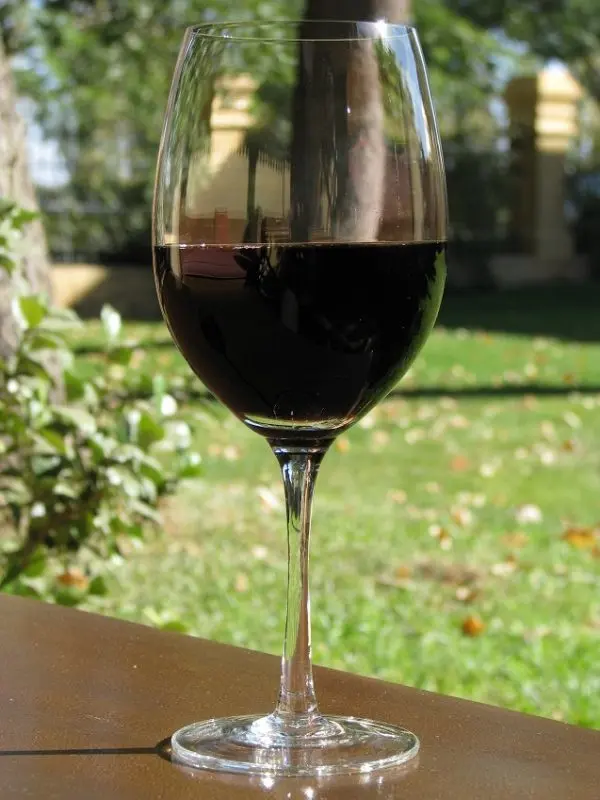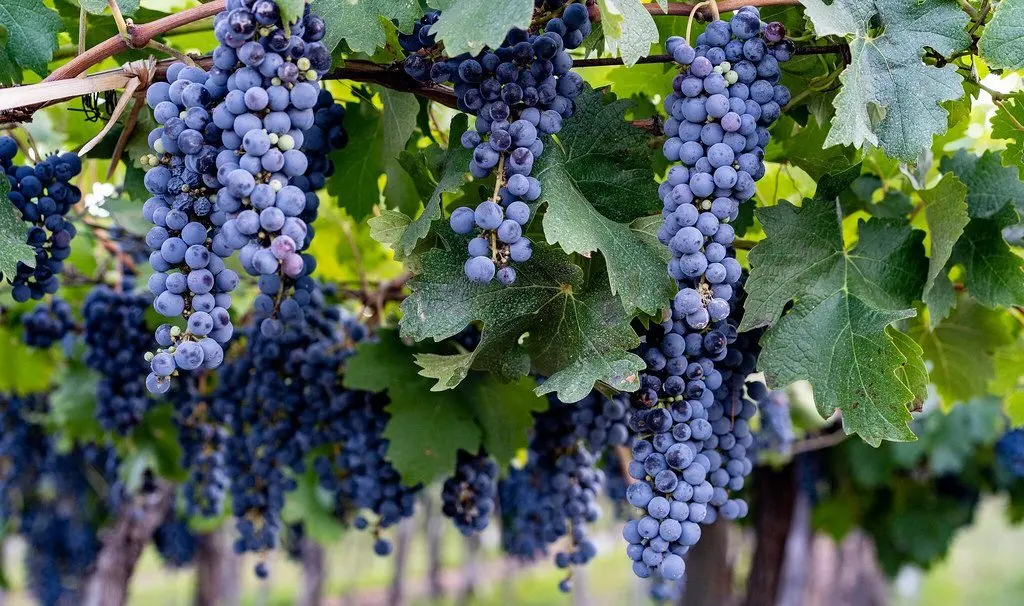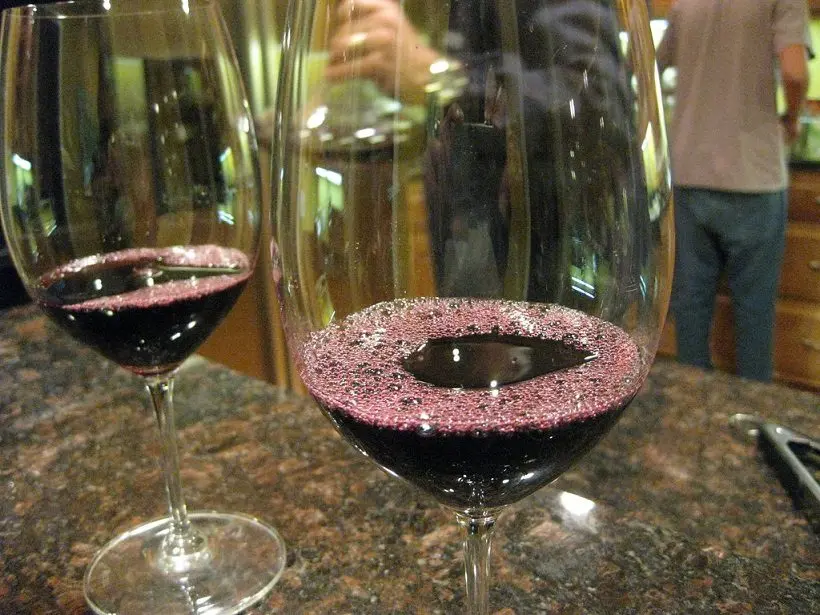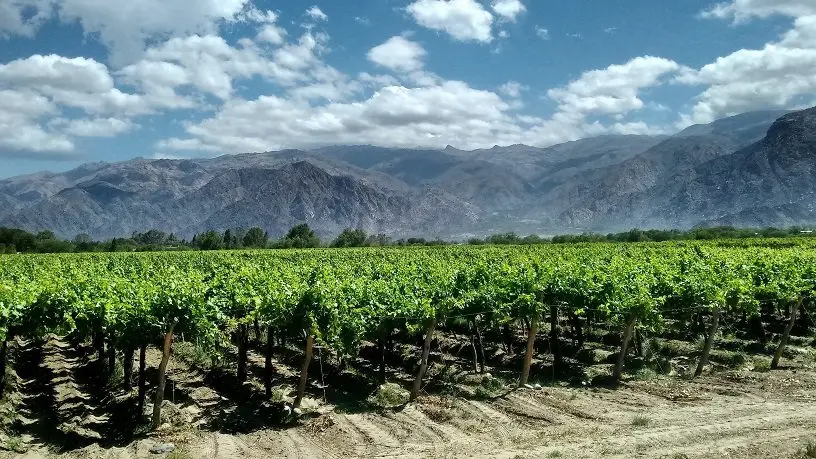Malbec is a dark grape variety that produces a tart red wine with a high tannin content. Malbec is one of six varieties officially approved for the production of French Bordeaux, while, unlike the rather expensive Cabernet Sauvignon or Syrah, it is much more affordable.
Legend has it that the name of the grape comes from the name of a Hungarian peasant who allegedly brought the variety to France. Historians of winemaking, however, argue that, most likely, Malbec is an autochthonous Burgundy grape, formerly known as Côt.
Berries of this variety have an almost inky blue thin skin and require more sun and heat than the less whimsical Merlot or Cabernet Sauvignon.

Malbec wine turns out to be rich, full-bodied, tannic, in its bouquet one can often distinguish notes of plums, and the aftertaste is distinguished by “smoked” nuances. Winemakers also often add this variety to other wines to give them more color and flavor.
Despite the fact that the variety is supposedly French, it has received the greatest distribution in Argentina.
April 17th is International Malbec Day.
History
Malbec is the result of a natural crossing of two French varieties from the Montpellier and Gaillac regions. Today, most French vineyards with vines of this variety are located in the tiny town of Cahors. Despite the good taste, the variety is rather capricious and prone to various diseases, so it has never been very popular in its homeland.

This grape came to Argentina in 1868, and, as it turned out, in this country it feels much better, and dies less often. For example, in 1956, frosts destroyed 75% of the Malbec crop in Bordeaux, and French winemakers decided to almost completely abandon it. But Argentina actually saved Malbec from extinction: today 75% of all Malbec in the world is grown there, and it is thanks to Argentina that this grape is included in the list of noble varieties.
Description of wine Malbec
Bouquet of Malbec includes notes of cherry, pomegranate, plum, raspberry, blackberry, blueberry and raisin. In addition, depending on the region of production, nuances of cocoa, milk chocolate, coffee, molasses, leather, black pepper, tobacco, gravel may appear, and aging in oak adds vanilla, dill, coconut to the taste.

The wine has medium acidity, and the fortress can reach 13.5-15 degrees.
The higher the vineyard is located, the deeper and richer the taste of these berries will be. In addition, Malbec loves the sun and strong temperature changes, when the days are warm and the nights are cold.
Production and price
Malbec is an inexpensive wine, so it is unprofitable for producers to invest serious sums in its production and storage. Argentinean brands can cost between $9-$12, but they are rarely aged in barrel for more than 6 months. Of course, you can also find more expensive samples with appropriate exposure, but even the most elite representatives of this species will hardly exceed two hundred dollars per bottle.

Regions
In total, this variety accounts for about 40 thousand hectares of vineyards around the world. Major regions in descending order:
- Argentina: Mendoza, San Juan, Salta (about 31 thousand hectares in total).
- France: South-East, Bordeaux, Loire Valley (only about 6 thousand hectares).
- USA: California, Washington, Oregon (total 1375 ha).
- Chile: Colchagua, Curico, Cachapoal (total 1000 ha).
- South Africa (total 445 ha).
- Australia: South Australia, Victoria (total 445 ha).
- New Zealand: Gisborne, Hawkes Bay (80 ha in total).
How to drink Malbec wine
The variety goes well with lean red meat, blue cheese, mushrooms and cumin. It can also be served with poultry, spicy dishes, vegetables, black beans and rice.

When serving, Malbec wine does not need to be cooled, room temperature is fine, but you need to let the drink breathe in an open bottle for about 30 minutes. A closed bottle is recommended to be stored in a wine cellar for no more than 10 years.









